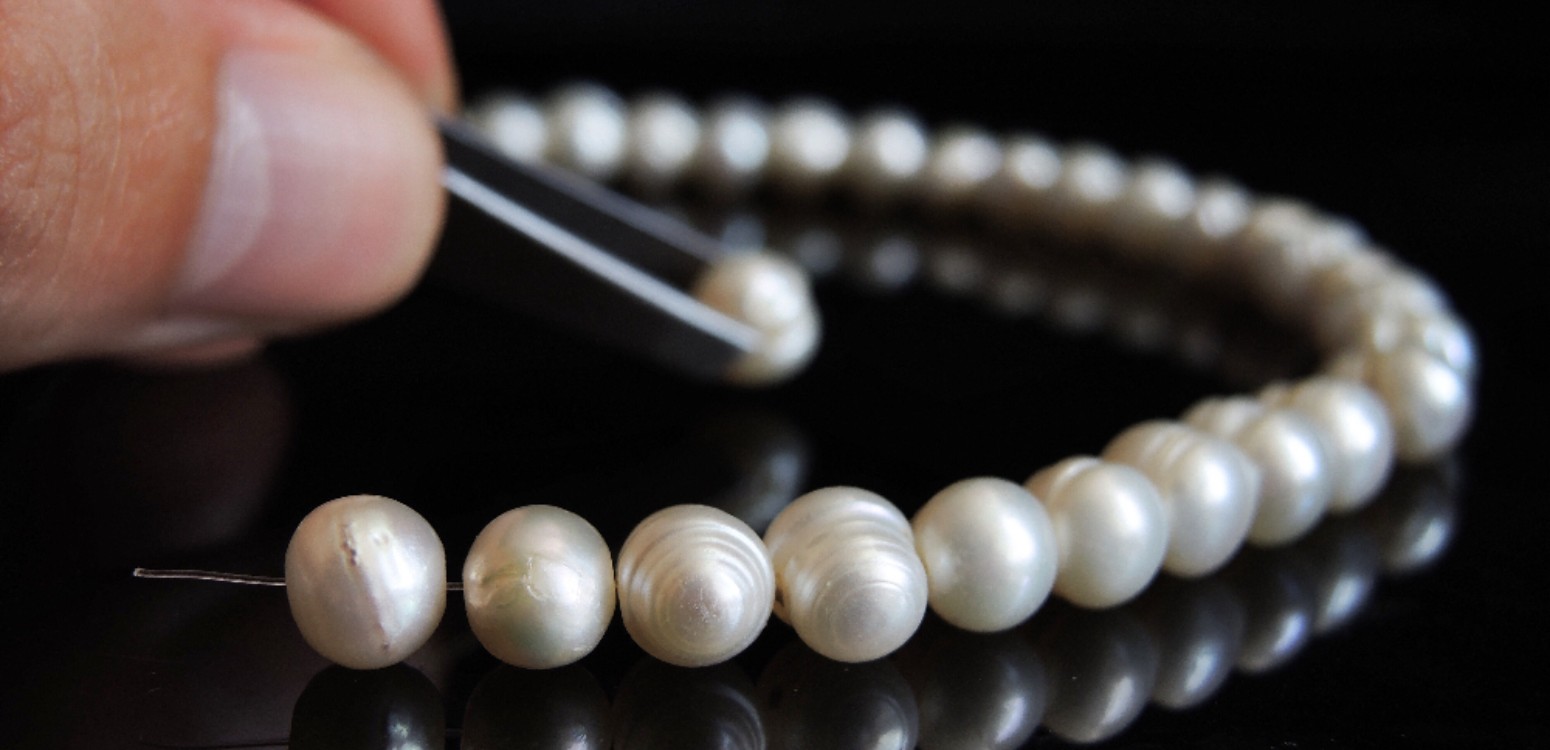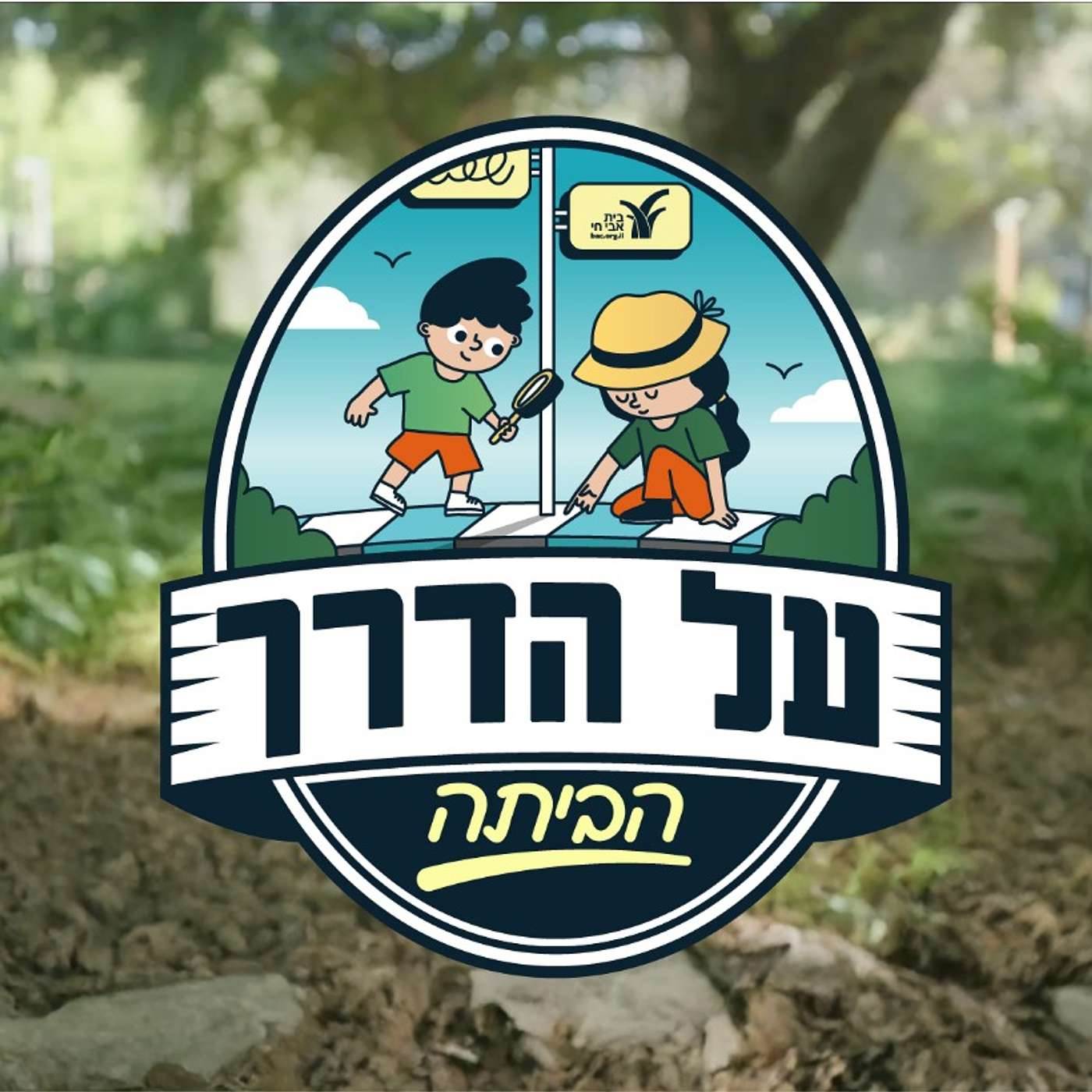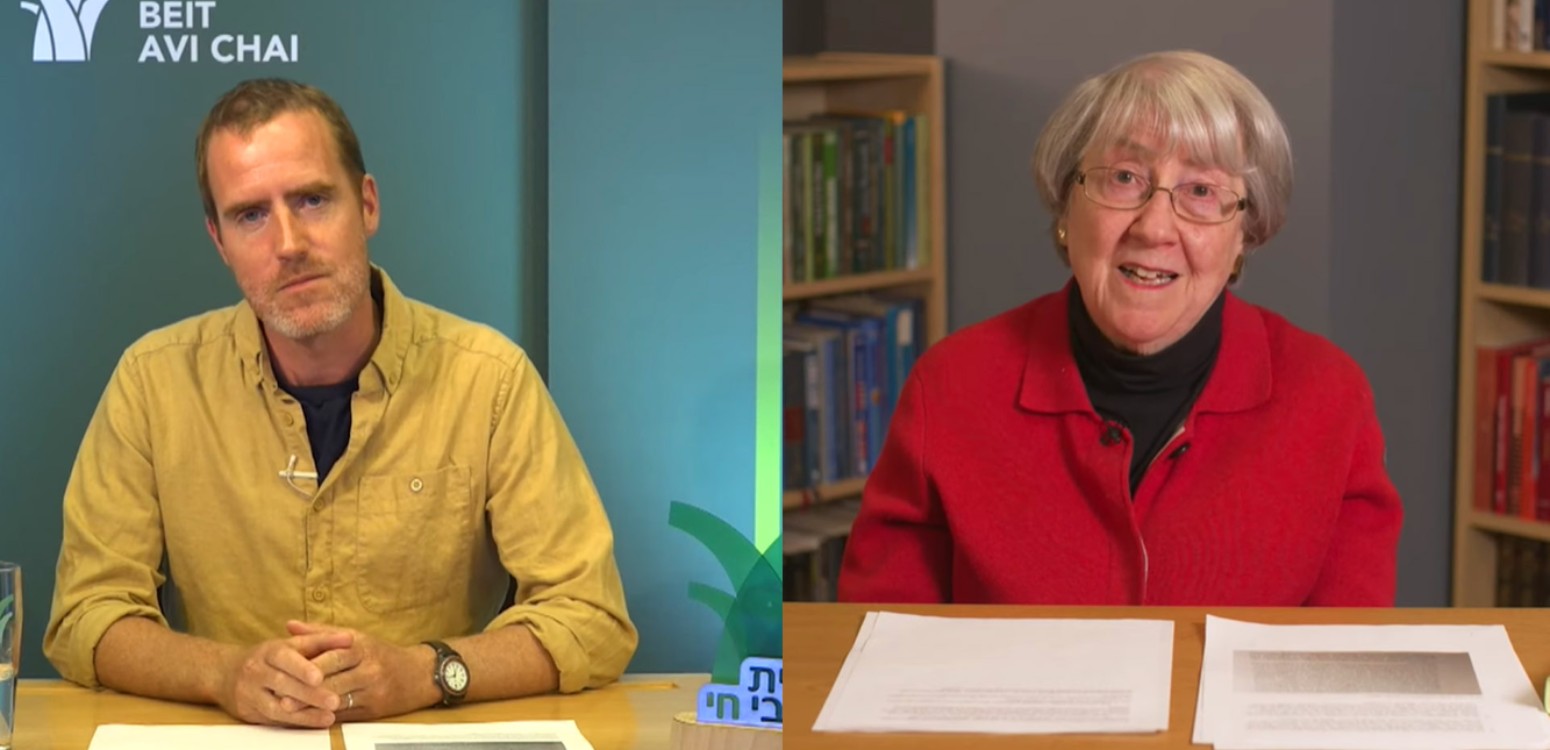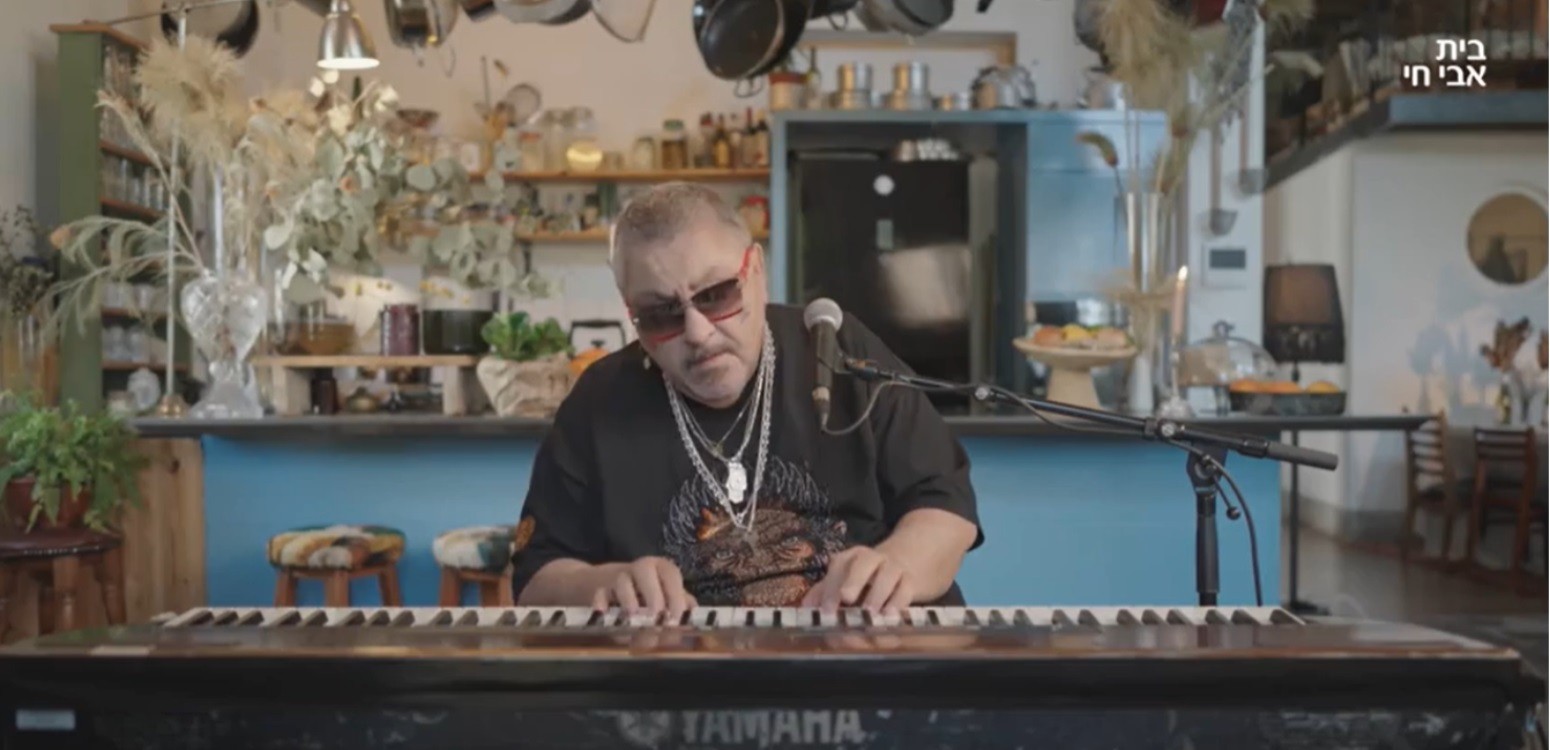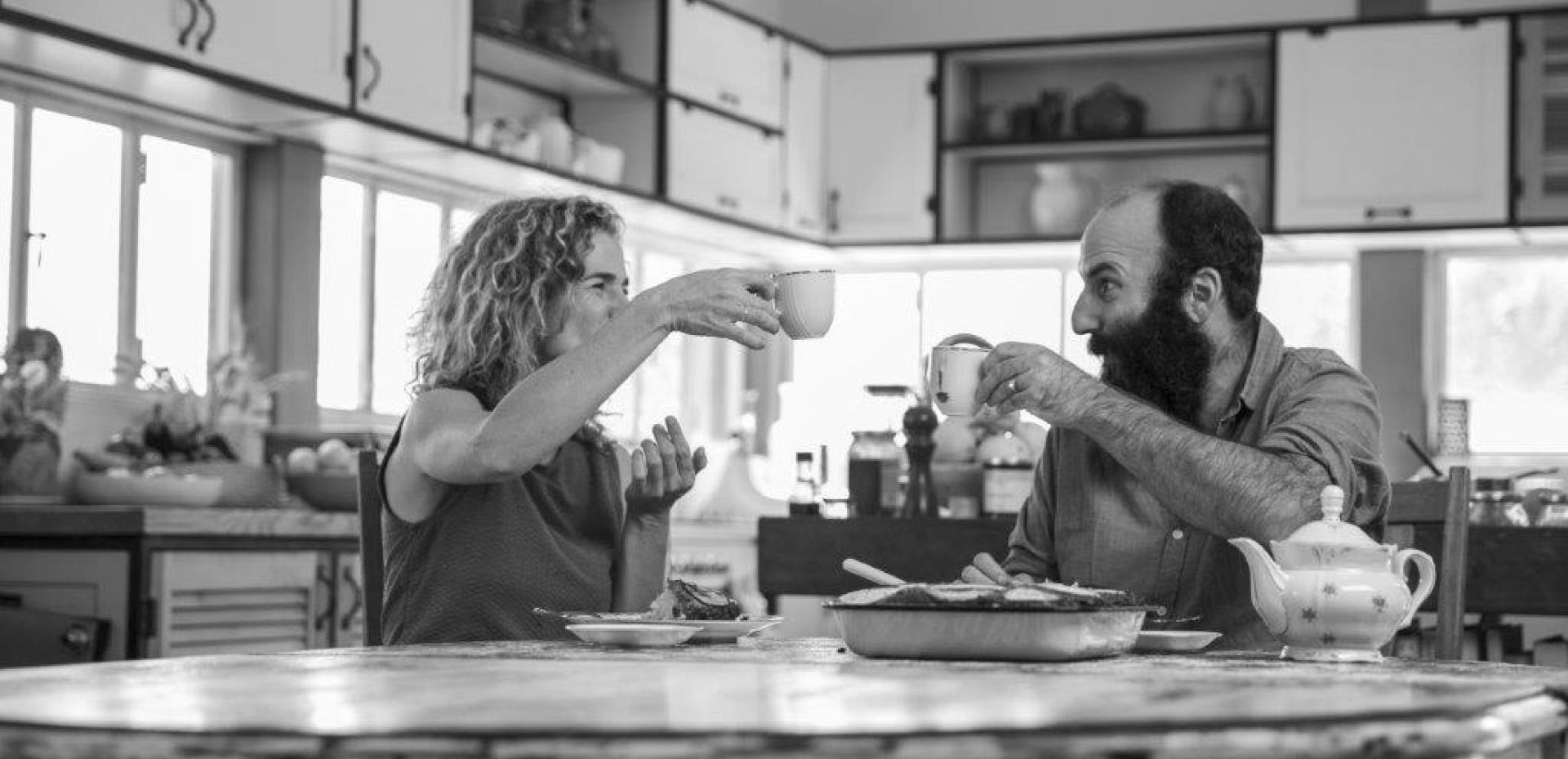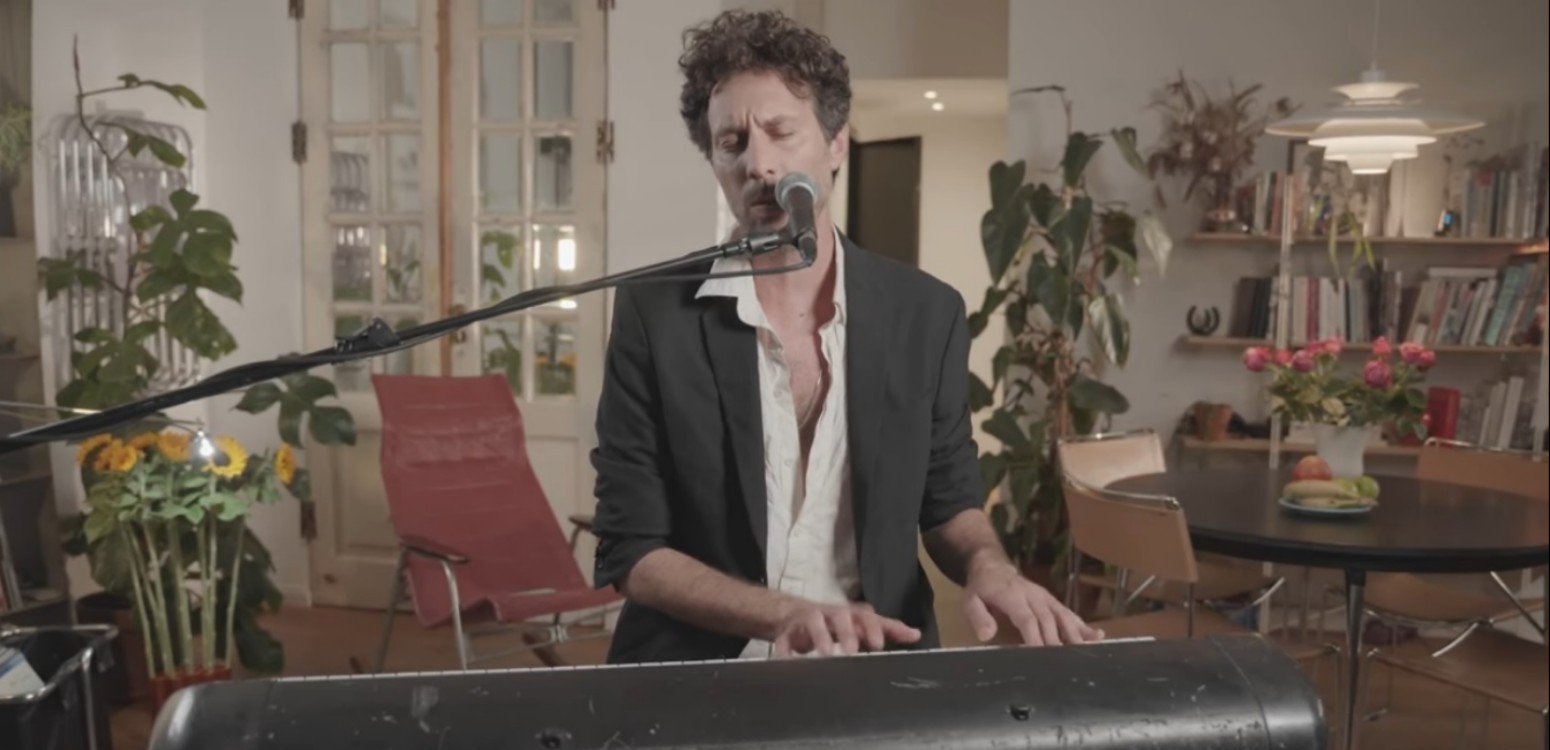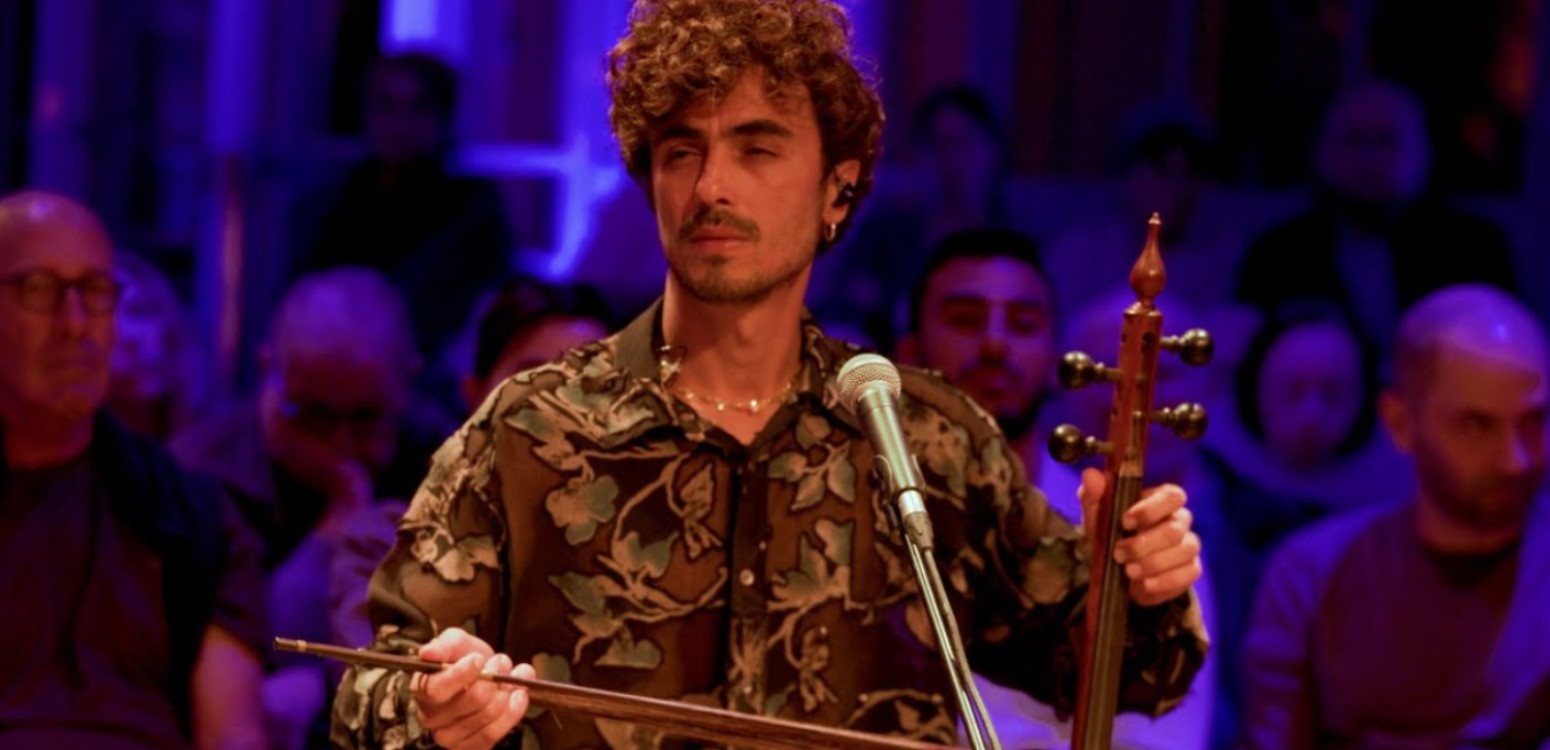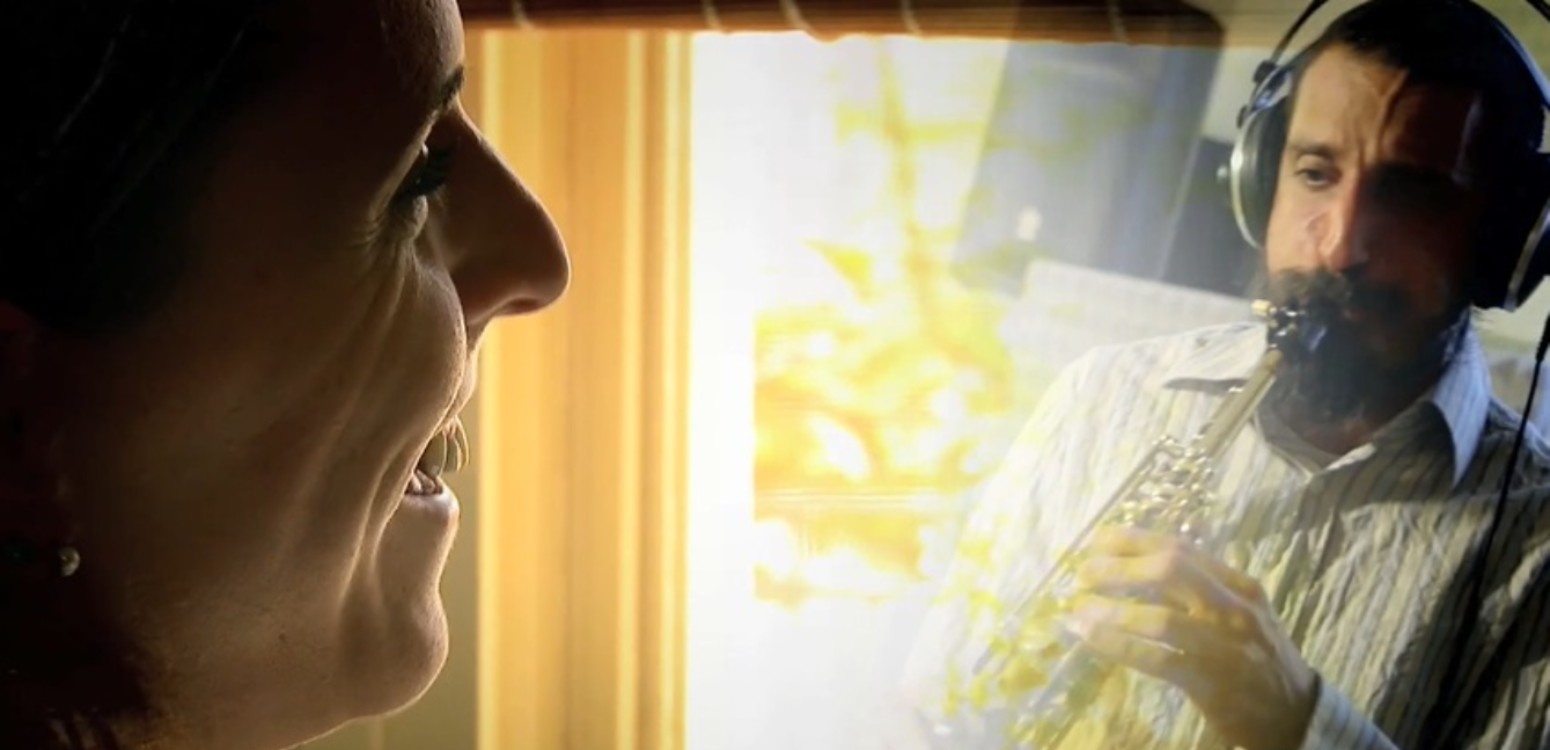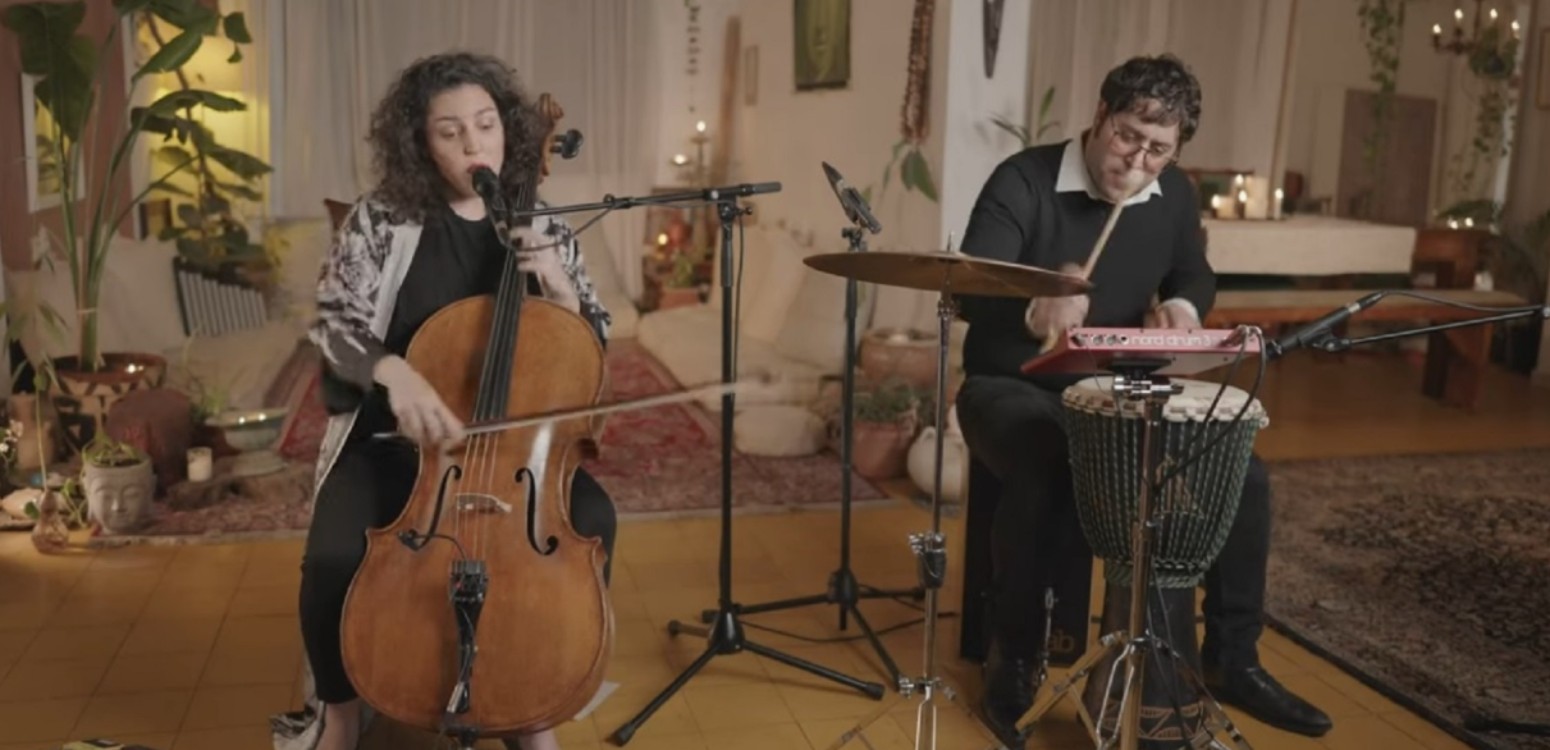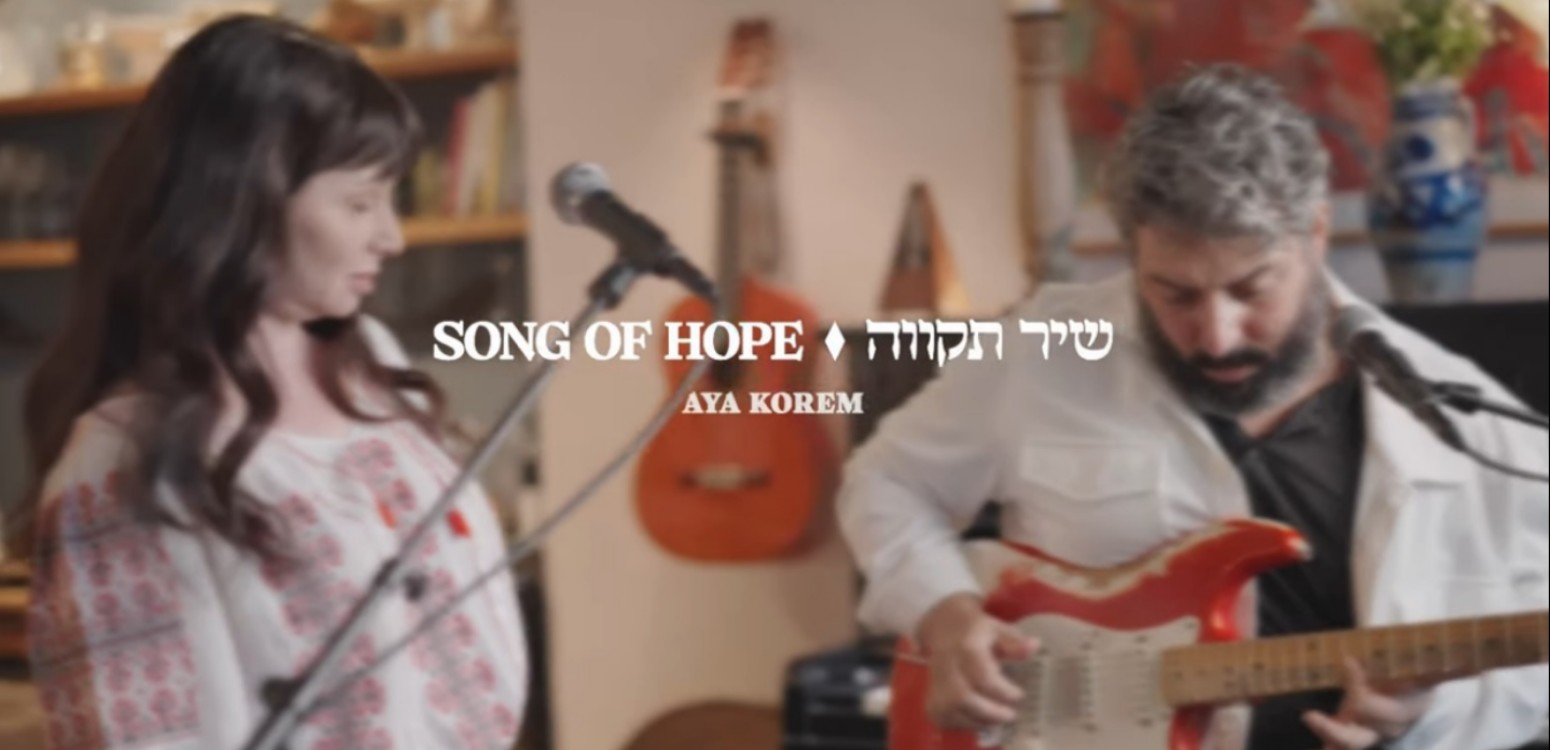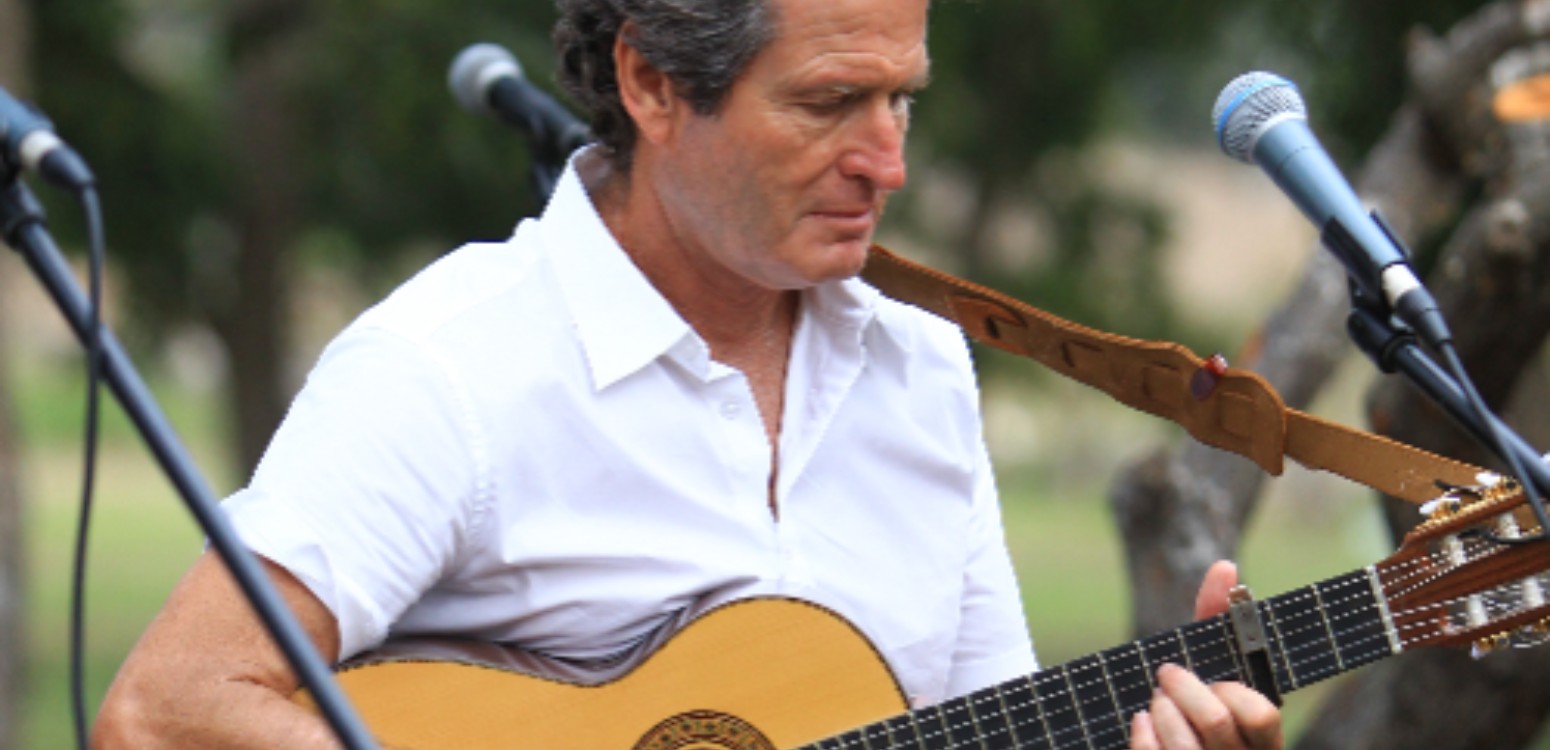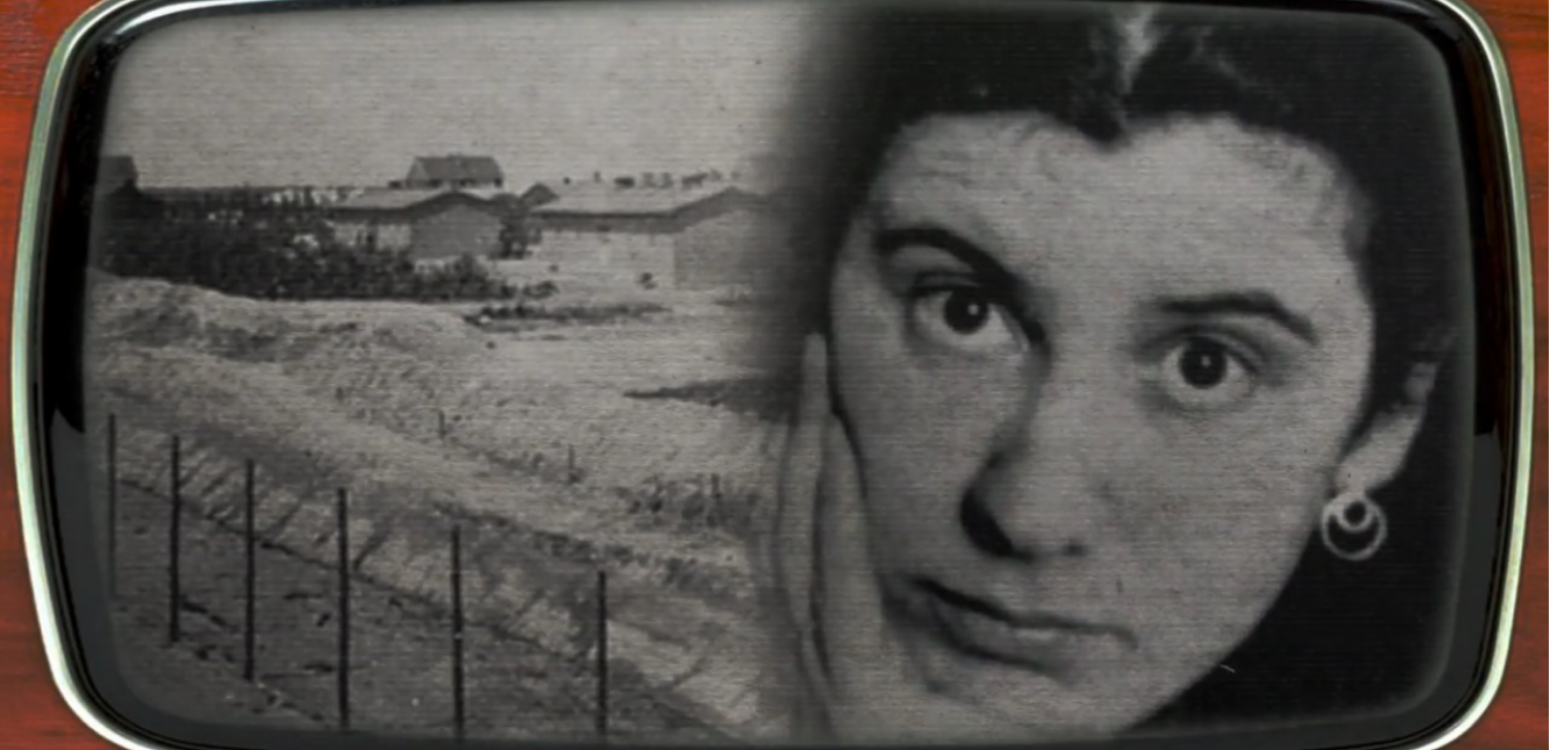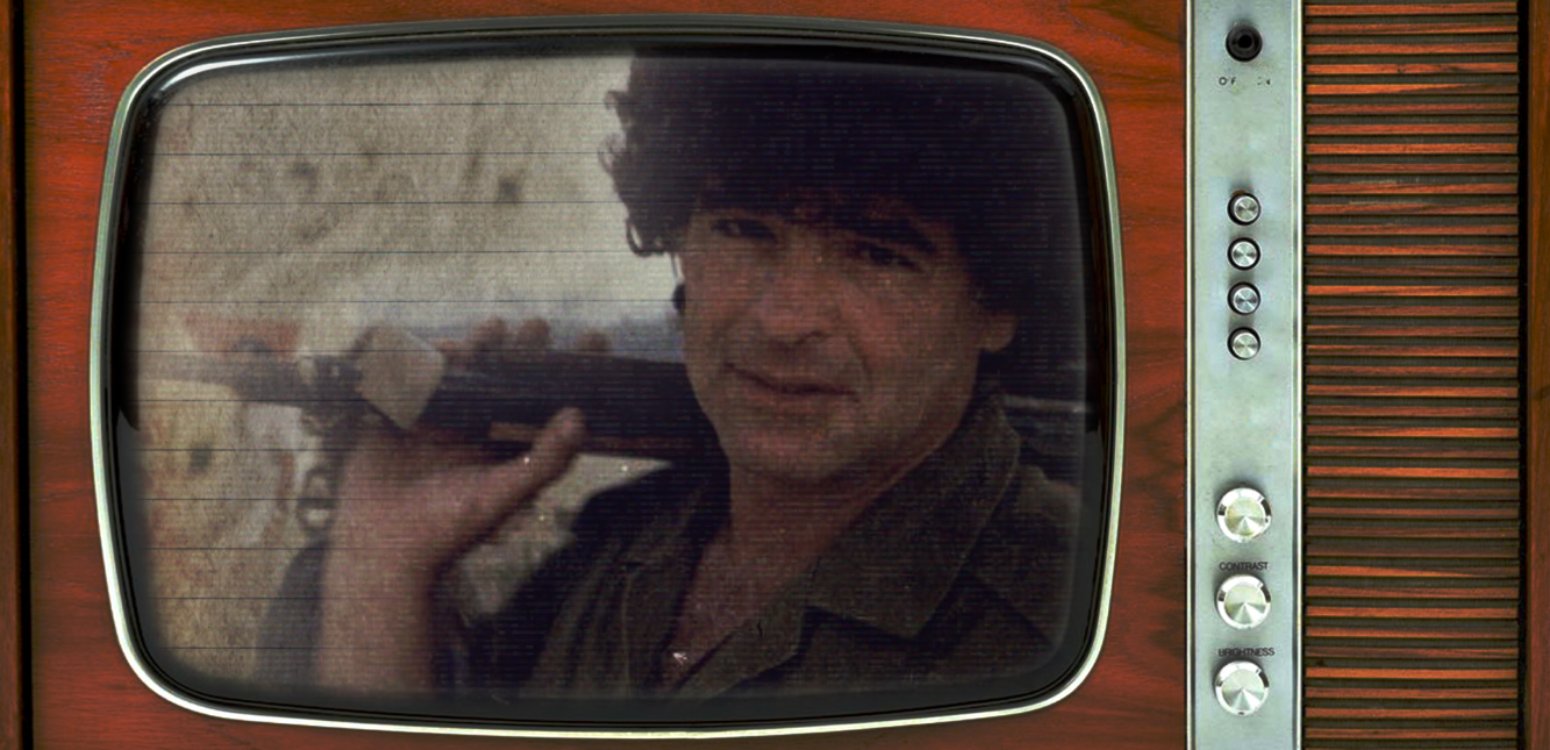Dr. Alon Gan recounts the “kibbutz holiday revolution,” talks about the combination of tradition and innovation, and explains why an “exemplary non-failure” is an impressive achievement
Dr. Alon Gan, born in Kibbutz Kfar Masaryk in northern Israel, grew up within what he calls “the kibbutz holiday revolution.” He can recite passages from the alternative Passover Haggadah of the Kibbutz Artzi movement by heart, dance the roles of the dog, cat, stick, or fire in the kibbutz version of “Chad Gadya,” and to this day, he and his family write their own updated Haggadah for the Passover Seder each year.
Today he is the chairman of the Kibbutz and Labor Movement Researchers Forum, research director at Yad Tabenkin, and a senior lecturer at Seminar Hakibbutzim College, but as a child, growing up on a kibbutz, he wasn't aware that this was a revolution. “For me, it was the natural cycle of holidays I grew up with,” he recounts. “Later, when I began to study the landscape of my homeland, I understood the revolutionary dimension of the kibbutz, which stemmed from the attempt to pour new content, taste, and meaning into the personal life cycle – birth, bar or bat mitzvah, marriage, and mourning – and into the national life cycle – the holidays.”
“I remember the atmosphere of consecration before holidays – rehearsals for songs and dances, decorations, the aspiration to distinguish between sacred and mundane – both through the preparation process and the holidays themselves. To this day, my peers and I can reminisce fondly about the Lampion (torch) parade on Hanukkah, the First Fruits basket on Shavuot, the special bicycle decorations for Independence Day, the magnificent Rondo of Purim, preparing decorations for the Sukkah, and much more. It became a central and essential part of the kibbutz genome.”
What was unique about kibbutz holidays at the beginning of the kibbutz movement?
“From its inception, the kibbutz movement sought to infuse taste, content, and meaning into the Jewish-Israeli life cycle and to develop a Jewish culture adapted to the kibbutz lifestyle and worldview. The new person of the kibbutz revolution sought to shape an alternative way of life, both in everyday life and in sacred life. Kibbutz culture aimed to be a kind of nurturing greenhouse for creativity and exploration of the art of balancing tradition versus innovation.”
“From the beginning, kibbutzim created a rich and diverse cultural enterprise of holidays, ceremonies, Sabbath evenings, Passover Haggadot, wedding ceremonies, burial ceremonies, bar and bat mitzvah ceremonies, and more,” says Gan. “Over the years, one can identify processes of change in form and content in the way holidays were celebrated in kibbutzim. On the one hand, there is an ongoing attempt to create a ‘tradition of innovation,’ meaning to create a kind of cultural canon and set of rituals that repeats itself as the organizing axis of the kibbutz holiday. On the other hand, like any social organization, holidays also underwent processes of development and change, adapting the content and form of the holiday to the spirit of the time and era.
“For example, May Day, which was very significant at the beginning, gradually faded, while Yom Kippur, which was initially barely observed, became a meaningful day of communal-kibbutz soul-searching. Shavuot, for instance, the First Fruits festival, which kibbutzim initially created as a central holiday emphasizing the values of the Zionist-agricultural revolution they sought to implement, received additional meanings over the years.”
What better represents the kibbutzim – the Zionist-secular celebrations of Hebrew holidays or the legend about a pork barbecue on Yom Kippur?
“There were differences between the secular kibbutz movements. Hashomer Hatzair (the Kibbutz Artzi) was more radical regarding its attitude toward religious rituals in general, and Yom Kippur rituals in particular. In Hever HaKvutzot (and later in the Union of Kvutzot and Kibbutzim), the motifs of rebellion and defiance were more moderate.
“What was common to all kibbutzim was the attempt to find the art of balance between tradition and innovation. On the one hand, there was rebellion against how holidays were celebrated in the diaspora, but on the other hand, there was an attempt to return to the agricultural, national, and sovereign dimension that characterized the First and Second Temple periods. This is a unique attempt at an identity construction model in the spirit of the Italian Renaissance, which can be called the Zionist-secular Renaissance.”
Do you celebrate holidays today? If so, in what way?
“Currently, I live in Moshav Beit Yitzhak, but I continue to celebrate holidays almost completely the way they are celebrated in the kibbutz. Beyond the fact that my extended family is in the kibbutz and I attend many of the holidays there, even when we celebrate at home, the kibbutz holiday is our bookshelf and main source of inspiration for shaping our family holiday. For example: we write a family Passover Haggadah every year based largely on the kibbutz Passover Haggadah; in our Rosh Hashanah ceremony, we use blessings, songs, and customs from the kibbutzim, and so on.”
In your view, did the kibbutz experiment succeed or fail?
“Martin Buber defined the kibbutz as an ‘exemplary non-failure.’ I want to adopt this definition to say that the kibbutz in general, and kibbutz culture in particular, especially the kibbutz holiday, are a fascinating, challenging, enriching, and inspiring story of an attempt to create an alternative lifestyle, a way of life that aims to create relations between individual and community, relations between person and society based on solidarity, mutual responsibility, and also an attempt to maintain a Jewish-Israeli-humanistic culture.
“If we want to distill the core of Jewish-kibbutz creation in recent years, we can place it on two ideological ‘tablets of covenant”: one which converses with the Jewish Orthodox conception and seeks to present a different interpretation of the question of Jewish identity; and one which converses with the pioneer’s revolution of the early days and seeks to create a kibbutz identity that draws its identity also from the Jewish bookshelf, in all its periods and forms.”
How does the kibbutz movement express its cultural vision in terms of tradition and innovation?
“On the one hand, it seeks to know the Jewish bookshelf: the Bible, Mishnah, Talmud, Kabbalah, Hasidism, and so on. However, unlike the Orthodox approach, the boundaries of the bookshelf do not end with the Shulchan Aruch, but expand to all expressions of Jewish creation throughout the generations: both Bialik and Amos Oz, both Yehuda Sharett and Berry Sakharof, both Yehuda Amichai and Ehud Banai are components in an infinitely expanding and renewing bookshelf.”
What message does kibbutz culture have to offer today's Israel?
“The kibbutz movement of the XXI century is completely different from that of the early days, which formed at the beginning of the XX century. 120 years of kibbutz creation have inevitably produced processes of change that some lament and others welcome.
“As a researcher, and especially as a concerned citizen, I think that kibbutz culture can serve as a model that allows for a fruitful dialogue with the Jewish bookshelf, not out of detachment and inertia, but through a process of clarifying culture in an attempt to create a connection between the representation of holiday content and the value system of the celebrant. I feel that we are in a fundamental identity-cultural struggle over the future of Israel. Kibbutzim in general, and kibbutz culture as a model of Hebrew renewal, have a central place in shaping a Jewish identity that refuses to see the Orthodox interpretation as the only correct model and seeks to see Judaism not only as a religion but also as a culture whose face is turned toward both the past and the future.”
This article was originally published in Hebrew.
Main Photo: First-Year Celebration in the Big Yard, 1959 - Dancing Circles\ David Shani\ Wikipedia

